Seeing our world in a new way: Photographer Ryan Berg shares his incredible infrared photography
posted Thursday, March 15, 2018 at 10:49 AM EST
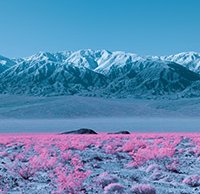
Photographer and director Ryan Berg has quickly made a name for himself by creating unique photographic work, including various infrared photo series. Based in Los Angeles, Berg is also the Editor in Chief of Mâché, a digital publication which features artists from around the world. He focuses primarily on fashion and portrait photography, in addition to short-form video work, such as music videos.
Berg recently completed work on an infrared landscape photo series shot in Death Valley, and was kind enough to answer some questions we had for him and his work and allow us to share a few of his photos with you. Let's get right into it.
Imaging Resource: How long have you been a working photography in general, and how long have you been doing infrared photography?
Ryan Berg: I first picked up a camera during the Fall of 2015 when I was living in Milan for four months. Over the course of that year, I started dabbling in different mediums, starting with 35mm, then shot my first infrared series the next year, in March of 2017. The series was a street photography series of New York City in infrared. After seeing the results, I was hooked.
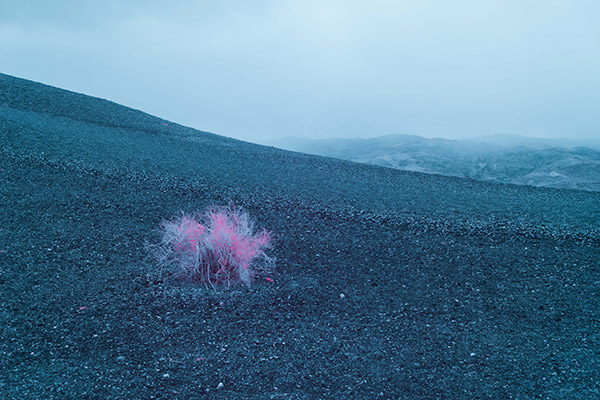
IR: Could you explain what kind of equipment you use for your infrared photography?
Berg: Initially, I was shooting all of my infrared work on a converted Nikon D3300. Recently, I've upgraded to a converted D810, which has allowed for much greater flexibility in post as well as the ability to create much higher resolution images. Most of my images are shot on the 24-120 f/4G ED, although sometimes I'll use a 50mm prime.
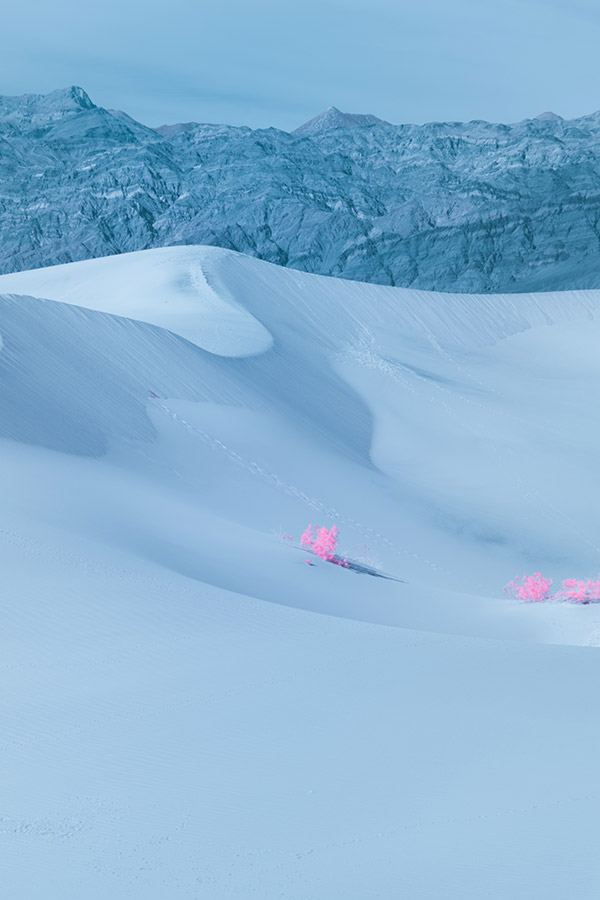
IR: We see that you do fashion and portrait photography as well. Which genre of photography do you enjoy most and how would you say your professional workload is split between different types of photo work?
Berg: It's hard to choose a favorite. I like any genre as long as I have the ability to create something unique. I used to shoot a lot of landscape and street work but found that simply being an observer of your surroundings only allows for so much originality. You can go to Yosemite and shoot the most unreal landscapes, but there's a thousand other people doing the same thing, so it's hard to stand out and create something unique. With fashion, for instance, you are creating something from scratch. So, that really excites me and keeps pushing me to create more.
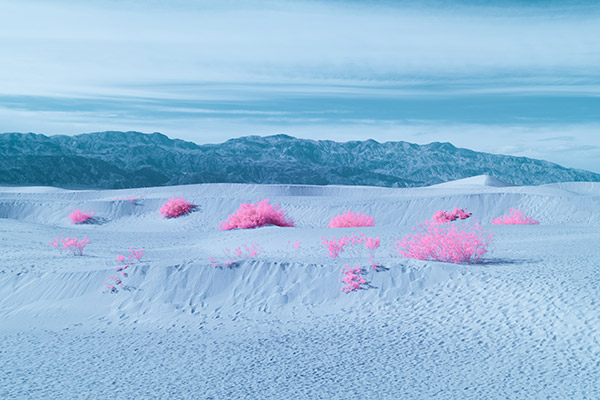
My professional workload is comprised mostly of fashion and portrait work. More recently, my professional work has gravitated towards video as well, having directed my debut music video this past winter working alongside Adan Langbaum, my creative partner and Director of Photography. My goal is to continue directing more video projects alongside my still photography work, as the two mediums have begun to heavily influence one another.
IR: What draws you to infrared photography and how do you think it allows you to tell a different type of story when compared to traditional photography?
Berg: Infrared photography drew me in initially due to the ability to create new worlds. Also, I enjoy the challenge. Anyone who has dabbled in infrared knows that the results can vary greatly depending on subtle changes in lighting and the weather. It almost feels like shooting film, which I love. Not knowing what the image will look like until it's color corrected adds a layer of suspense.
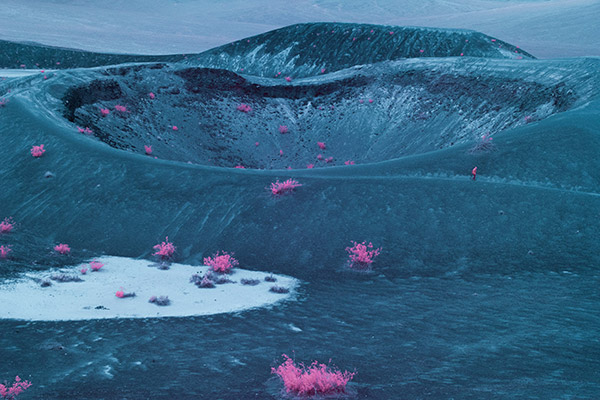
In terms of the story telling, I think that infrared is special because it can transform the ordinary into something that people have never seen. The medium allows for the world to be seen in a new light, literally. It completely warps your visual reality, and that is pretty powerful.
IR: Is there any special processing involved when creating the final infrared images that you might not need to do when processing files from a standard camera?
Berg: For sure. Infrared images are completely red straight from the camera. The process requires significant color alteration, which allows for a lot of different variations of color. The color adjustments are much more severe when compared to color correcting images from a standard camera, so a lot of tweaking is required to get the exact color palette that is desired.
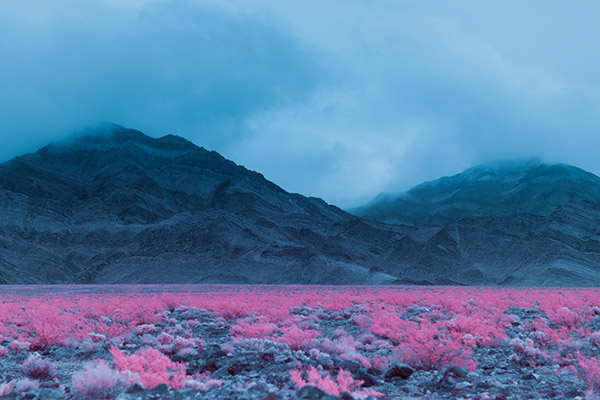
Thank you very much to Ryan Berg for sharing his images and story with us. You can view more of his work at his website, and be sure to follow him on Instagram.